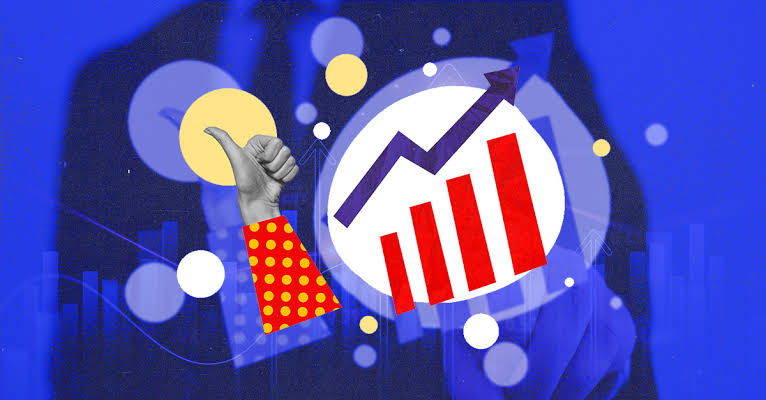In the crowded digital landscape, getting your brand noticed can feel like shouting into the void. That’s where paid ads come in, offering a way to amplify your message, target specific audiences, and drive meaningful results. But throwing money at ads without a strategy is like tossing cash into a fire—it burns fast with little to show for it. If you’re looking to maximize your reach with paid ads, here’s how to do it effectively.
Understanding the Power of Paid Ads
Paid advertising is one of the quickest ways to scale your brand’s visibility. Unlike organic strategies, which take time to gain traction, paid ads put you front and center almost immediately. Whether it’s on Google, Facebook, Instagram, or LinkedIn, these platforms allow you to target your ideal audience with precision, ensuring your message reaches the right people at the right time.
The beauty of paid ads lies in their flexibility. You can set your budget, choose your audience, and measure results in real-time. This means small businesses and enterprises alike can use paid ads to achieve their goals, whether that’s driving website traffic, boosting sales, or increasing app downloads.
Setting Clear Goals
Before diving into paid ads, it’s crucial to define your goals. What do you want to achieve? Are you looking to increase brand awareness, generate leads, or drive sales? Having a clear objective will guide everything from your ad copy to your budget.
For example, if your goal is to build awareness, you might focus on display ads or video campaigns that capture attention. If conversions are your priority, you’ll want to create search ads with compelling calls-to-action (CTAs) that drive clicks and purchases. Without a clear goal, your campaign risks being scattered and ineffective.
Choosing the Right Platform
Not all platforms are created equal, and where you advertise matters just as much as how you advertise. Each platform has its strengths, and the choice depends on your audience and objectives.
- Google Ads: Ideal for capturing intent. People searching for “best running shoes” or “affordable wedding venues” are already in buying mode. Google’s search ads can put your business at the top of the results when it matters most.
- Facebook and Instagram Ads: Perfect for engaging visual campaigns. With their robust targeting options, you can reach specific demographics based on age, interests, location, and even behavior.
- LinkedIn Ads: Best for B2B businesses looking to target professionals and decision-makers. If your product or service appeals to specific industries, LinkedIn can help you connect directly with key players.
- YouTube Ads: A powerful tool for storytelling. Video ads can engage audiences and leave a lasting impression, making them ideal for building brand awareness.
Understanding where your audience spends their time ensures your ad dollars aren’t wasted on platforms that don’t deliver.
Crafting Compelling Ad Copy
Your ad copy can make or break your campaign. It’s what grabs attention, piques curiosity, and drives action. But writing great ad copy isn’t about cramming in every benefit of your product—it’s about connecting with your audience.
Keep your message clear, concise, and focused on what matters most to your audience. Highlight the benefits, not just the features. Instead of saying, “Our software offers advanced analytics,” try, “Make smarter decisions with real-time insights.” Use strong CTAs like “Shop Now,” “Learn More,” or “Claim Your Discount” to encourage clicks.
Don’t forget about visuals. Whether it’s an eye-catching image or a scroll-stopping video, your visuals should complement your message and grab attention within seconds.
Optimizing for Results
Paid ads aren’t a set-it-and-forget-it strategy. To get the most out of your investment, you need to constantly monitor and optimize your campaigns. Here’s how:
- A/B Testing: Experiment with different headlines, images, CTAs, and audience segments to see what resonates. Small tweaks can lead to significant improvements in performance.
- Audience Targeting: Reassess your targeting criteria to ensure you’re reaching the right people. Use tools like lookalike audiences to find users similar to your existing customers.
- Budget Allocation: Shift your budget toward high-performing ads and pause or rework those that aren’t delivering results.
- Landing Pages: Make sure your landing pages align with your ads. If someone clicks on an ad for a specific product, they shouldn’t land on your homepage. A smooth transition boosts conversions.
Integrating Paid Ads with SEO
Paid ads and organic search strategies work best when they complement each other. While paid ads drive immediate traffic, SEO builds long-term visibility. Using both ensures your brand stays top of mind, even after the ad budget runs out.
For instance, an SEO playbook can guide your organic efforts by identifying high-performing keywords to target in your ads. By syncing your paid and organic strategies, you can dominate search results and capture a larger share of your audience’s attention.
Measuring Success
Success in paid advertising isn’t just about impressions or clicks—it’s about achieving your goals. Track metrics that align with your objectives, such as:
- Click-through rate (CTR): Are your ads compelling enough to drive clicks?
- Cost per acquisition (CPA): How much are you spending to convert a customer?
- Return on ad spend (ROAS): Are your ads generating more revenue than they cost?
Use these insights to refine your strategy, double down on what’s working, and improve what isn’t. Paid ads are a dynamic process, and continual improvement is the key to sustained success.
Final Thoughts
Paid ads are one of the most powerful tools in your digital marketing arsenal, but success requires more than a big budget. By setting clear goals, choosing the right platforms, crafting compelling content, and optimizing relentlessly, you can maximize your reach and drive meaningful results.
When used strategically, paid ads don’t just increase visibility—they build relationships, boost trust, and ultimately grow your bottom line. Are you ready to take your paid advertising game to the next level?

